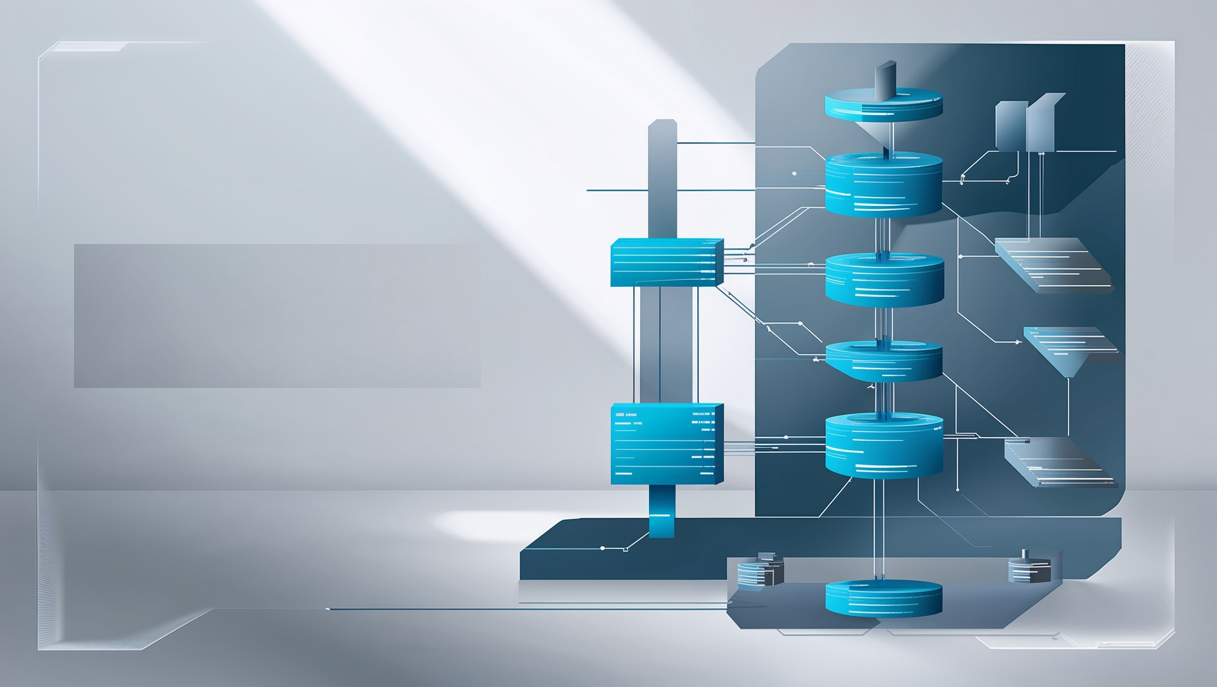This Reference Architecture Model focuses on establishing the International Data Spaces (IDS) as a vital framework for facilitating secure, standardized data exchange in a trusted business ecosystem. The document emphasizes the importance of data sovereignty, ensuring that individuals and corporate entities have full control over their data. It outlines how the IDS leverages existing technologies and standards to create innovative smart-service scenarios and cross-company business processes. The model highlights the IDS Connector for standardized interoperability and describes the open development process, contributing to establishing international standards in data exchange and security.
The need for a secure and standardized approach to data exchange has never been more critical because data is the new currency. This Reference Architecture Model introduces the International Data Spaces (IDS), a groundbreaking virtual data space designed to meet this growing demand.
Today's Businesses are inundated with data from many sources, facing the challenge of managing this data effectively while ensuring its security and the sovereignty of its owners. The complexity of data exchange in a business ecosystem, which often involves sensitive information, has led to concerns about data privacy and control. Companies find themselves in a predicament where leveraging data for innovation and smart-service scenarios is hampered by the lack of a standardized, secure platform for data exchange.
Addressing these concerns, the IDS offers a comprehensive framework that ensures data sovereignty, giving individuals and corporate entities full autonomy over their data. It achieves this by leveraging existing standards and technologies that are well-accepted in the data economy. A key component of this architecture is the IDS Connector, which ensures standardized interoperability among different entities, allowing various systems to communicate seamlessly within the IDS ecosystem.
The development of the IDS is rooted in an open, collaborative process, inviting participation from diverse organizations while adhering to standard work principles. This approach not only fosters innovation but also contributes significantly to the establishment of international data exchange standards. By reusing existing technologies and integrating them into a cohesive framework, the IDS circumvents the need to develop new systems from scratch, offering a practical and efficient solution.
This Reference Architecture Model for International Data Spaces revolutionizes how data is exchanged and managed in business ecosystems. It provides a secure, standardized environment that protects data sovereignty and enables businesses to harness the full potential of their data, paving the way for innovative processes and services in an increasingly interconnected digital world.
Main Contents:
- Introduction to International Data Spaces (IDS): Explains the concept of IDS as a virtual data space for secure and standardized data exchange in business ecosystems.
- Importance of Data Sovereignty: Highlights data sovereignty as a crucial aspect of IDS, focusing on the self-determination of individuals and entities regarding their data.
- Standardized Interoperability with IDS Connector: Discusses the IDS Connector as a central component for facilitating communication within the IDS ecosystem.
- Reference Architecture Model of IDS: Outlines the IDS Reference Architecture Model as a basis for various software implementations and commercial offerings.
- Open Development Process and Technology Reuse: Describes the open development process of IDS and its emphasis on reusing existing technologies and contributing to standardization.
Key Takeaways:
- Secure Data Management Framework: The IDS provides a secure framework for data management, addressing the need for standardized data exchange in business ecosystems.
- Empowering Data Sovereignty: IDS emphasizes the importance of data sovereignty, ensuring full control and autonomy over data for individuals and organizations.
- Facilitating Seamless Data Communication: The standardized interoperability offered by the IDS Connector is pivotal for seamless communication within diverse business environments.
- Foundation for Commercial Software Solutions: The Reference Architecture Model of IDS serves as a foundation for various software implementations, enhancing commercial software and service offerings.
- Collaborative and Efficient Approach to Data Exchange: IDS promotes a collaborative approach to development and efficiently leverages existing technologies and standards, paving the way for innovation in data exchange.
CIOs can utilize this Reference Architecture Model for the International Data Spaces (IDS) to address a range of real-world challenges in data management and exchange:
- Implementing Secure Data Exchange: By adopting the IDS framework, CIOs can ensure secure and standardized data exchange within their organizations, enhancing data privacy and protection measures.
- Upholding Data Sovereignty: This model can guide CIOs in implementing systems that uphold data sovereignty, ensuring that data owners maintain control and authority over their data, a critical aspect in today's data-driven business environment.
- Facilitating Interoperability in Business Ecosystems: The IDS Connector, as outlined in the model, can be integrated into existing systems to enable seamless communication and interoperability across different platforms and business environments.
- Guiding Software Implementation and Service Offerings: CIOs can use the model as a foundation for developing software solutions and services, leveraging its structured approach to build offerings that align with international standards.
- Fostering Collaborative Development and Innovation: The open development process of IDS encourages collaboration and innovation. CIOs can participate in this collaborative ecosystem to stay at the forefront of data exchange technologies and practices.
This Reference Architecture Model provides CIOs with a comprehensive framework for enhancing data exchange and management practices, ensuring security, sovereignty, and interoperability in an increasingly interconnected and data-centric business world.

